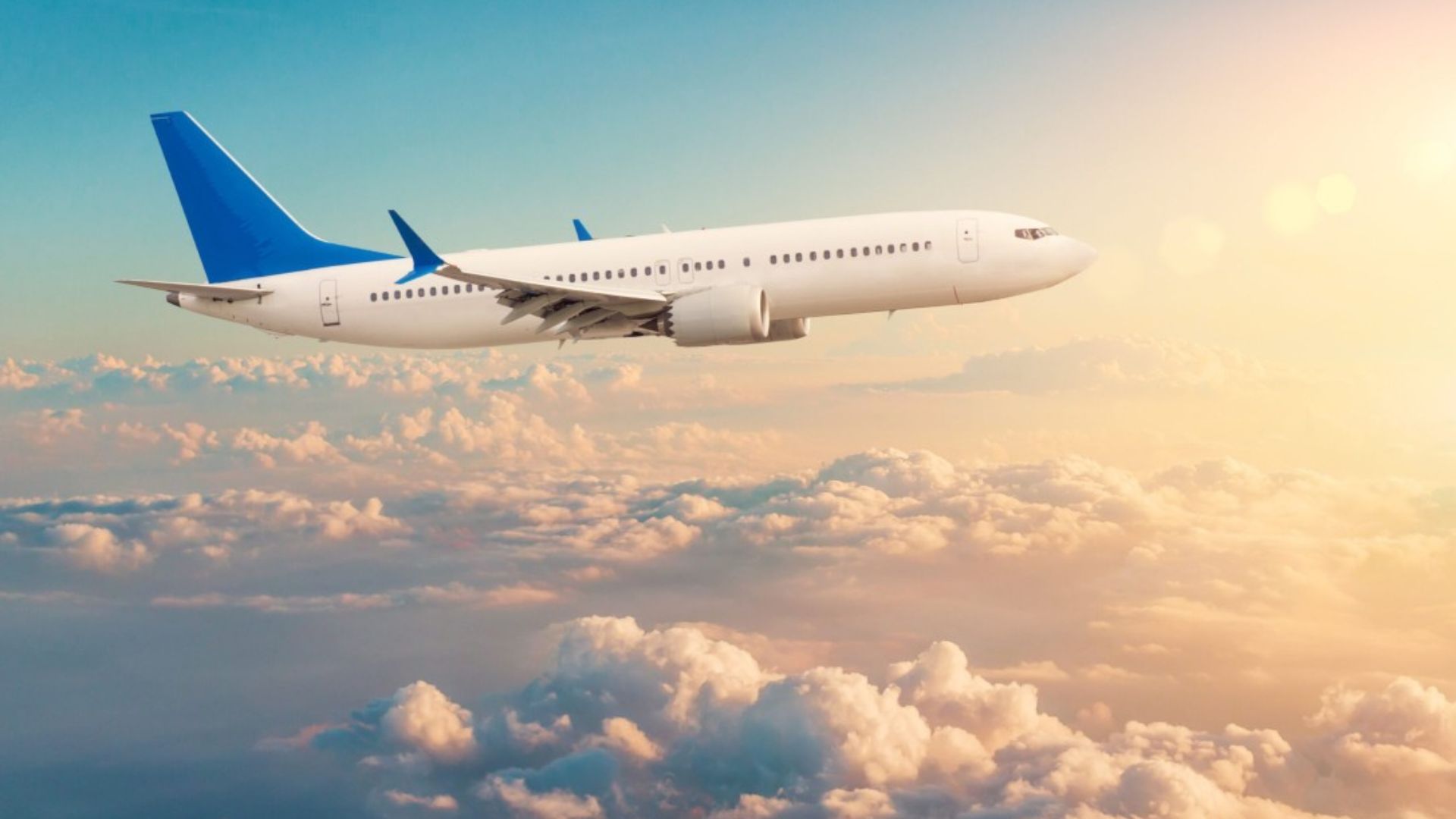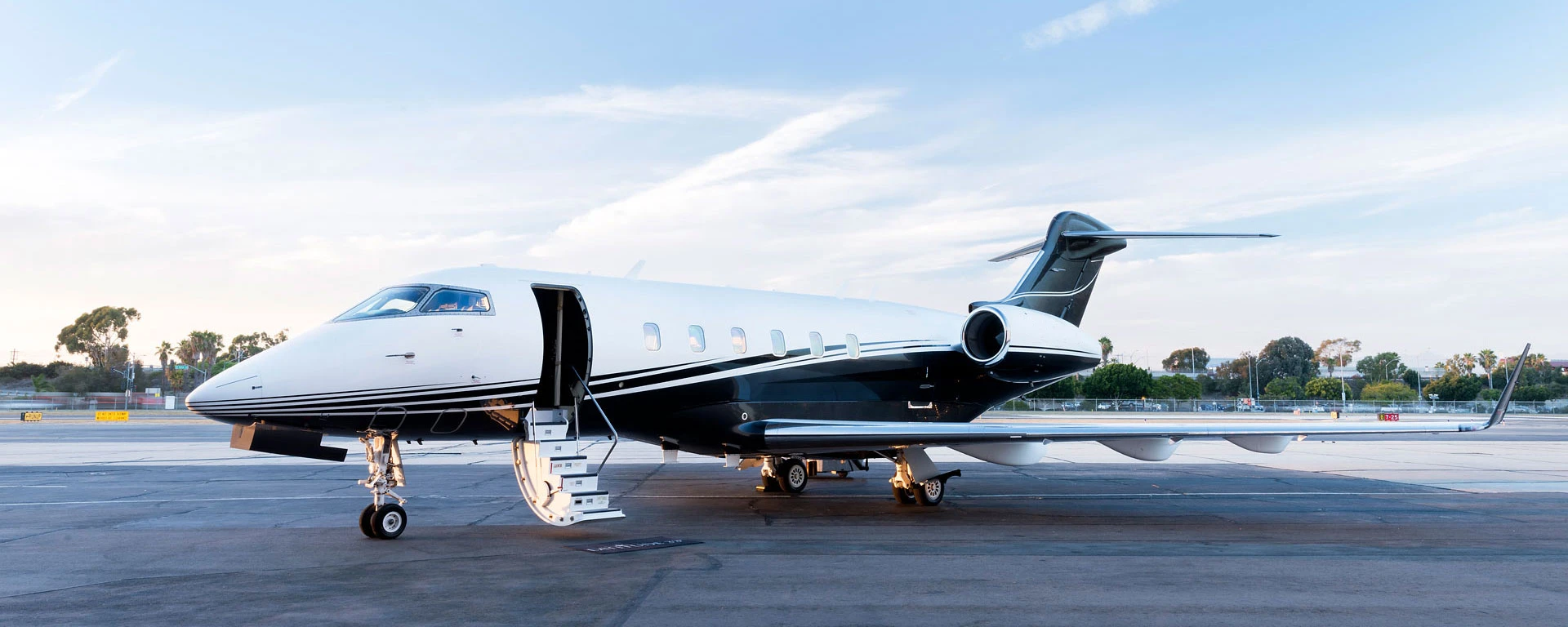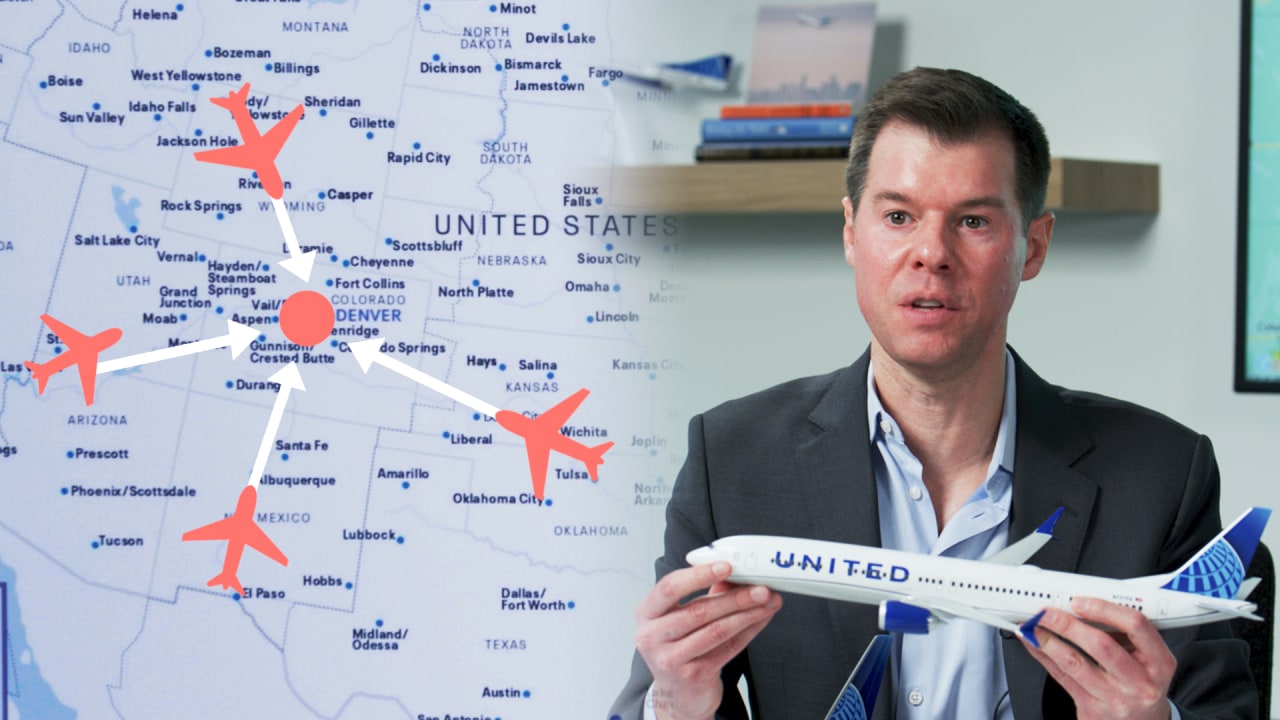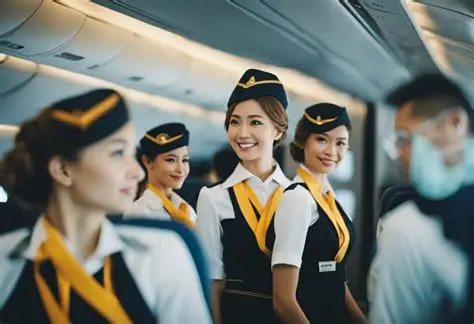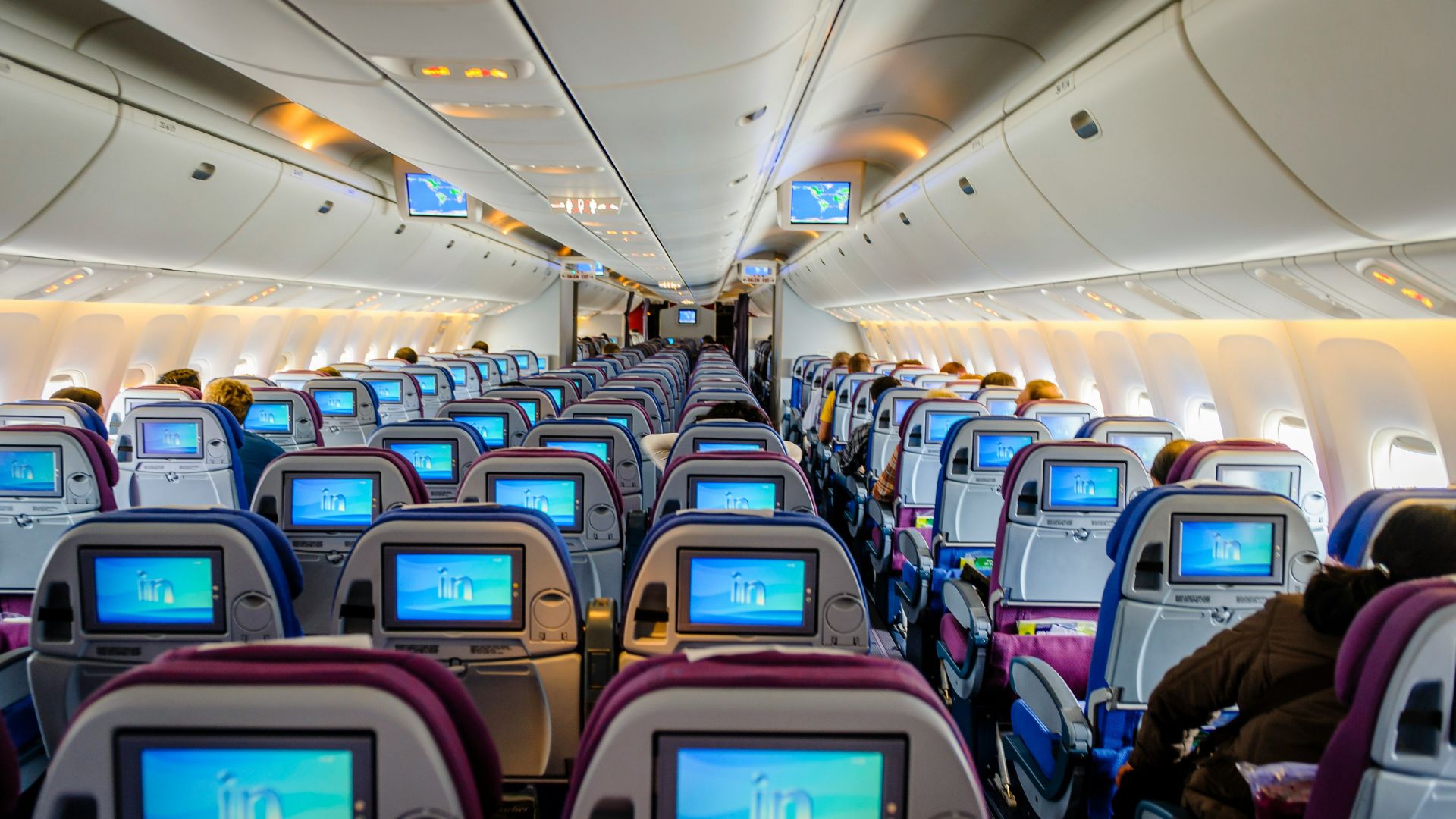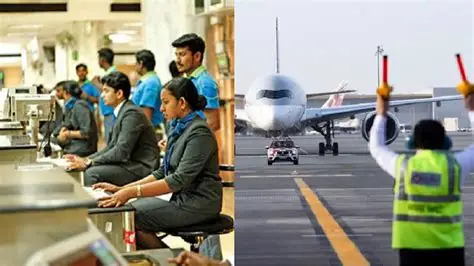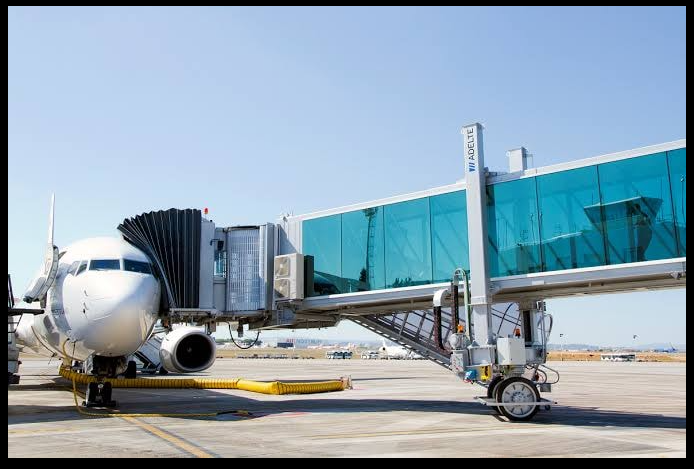In the aviation industry, safety isn’t just a checklist—it’s a mindset. The concept of safety culture has become a critical component in determining how effectively an airline operates. Unlike policies or procedures, safety culture reflects the values, attitudes, and behaviors shared across all levels of an airline. When embraced fully, it becomes the backbone of daily operations, influencing everything from decision-making to maintenance and crew communication. So, what exactly is safety culture, and how does it directly impact airline operations? Let’s break it down.
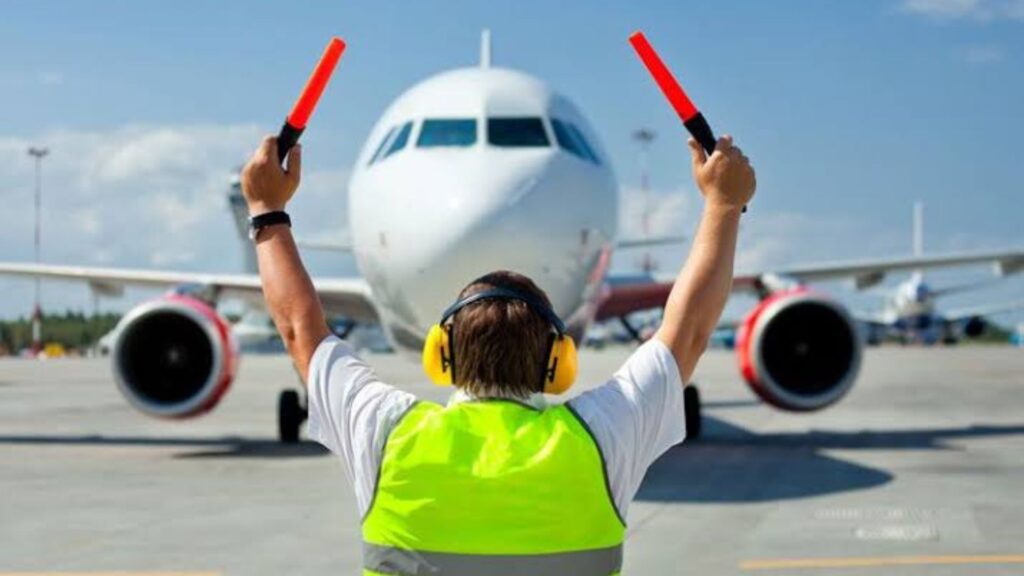
What Is Safety Culture in Aviation?
Safety culture refers to the collective commitment of an organization to prioritize safety in every aspect of its operations. It’s not limited to one department or team—it must be embedded in the mindset of every employee, from top-level executives to aircraft mechanics and cabin crew.
A strong safety culture encourages open communication, continuous learning, and accountability. Employees are not afraid to report issues, raise concerns, or challenge unsafe behavior. Instead of focusing on blame, the organization promotes problem-solving and risk prevention.
Safety culture is often broken down into five key elements:
-
Leadership commitment
-
Employee involvement
-
Open communication
-
Learning from incidents
-
Proactive risk management
When all five are present, airlines are better equipped to identify risks early and avoid serious incidents.
How Safety Culture Shapes Daily Operations
Decision-Making on the Ground and in the Air
Airline operations require hundreds of decisions every day—from aircraft dispatch to pilot judgments during flights. In a strong safety culture, employees make decisions based on safety, not shortcuts or cost-saving. For instance, if a flight crew detects a minor irregularity, they’re encouraged to report it or delay takeoff if needed, without fear of reprimand.
Leadership also plays a key role by setting the tone. When executives back safety-first decisions—even if they’re costly or inconvenient—it reinforces trust and sets an example for others to follow.
Maintenance and Engineering Integrity
Aircraft maintenance is one of the most safety-sensitive areas of airline operations. A robust safety culture ensures that maintenance staff follow procedures precisely, document their work thoroughly, and never cut corners to save time.
In such environments, mechanics feel empowered to report technical issues or request additional inspections. Errors are treated as opportunities to improve systems, not as grounds for punishment—unless there is intentional misconduct. This culture leads to better-maintained aircraft and fewer in-flight incidents caused by mechanical failure.
Training and Crew Communication
Safety culture influences how well crews communicate, especially during high-stress situations. Airlines with a strong culture emphasize crew resource management (CRM), a training approach that improves communication, teamwork, and decision-making in the cockpit and cabin.
Cabin crew are trained to speak up if they observe something unusual. Pilots are encouraged to question decisions—even from senior captains—if safety is at stake. This collaborative environment reduces the risk of human error, which remains one of the leading causes of aviation incidents.
What Happens Without a Strong Safety Culture?
A weak safety culture can have serious consequences. When employees feel pressured to prioritize on-time performance or cost-cutting over safety, mistakes can be overlooked, incidents can go unreported, and risks can escalate.
History shows that several major accidents occurred not because of technical failure, but because organizations ignored early warning signs or discouraged employees from voicing concerns. In contrast, airlines with strong safety cultures often catch and fix small issues before they become dangerous.
Conclusion
Safety culture is not a slogan—it’s a lived practice. Airlines that prioritize safety at every level of their operation create environments where people speak up, decisions are made responsibly, and risks are managed before they become hazards. In a high-risk industry like aviation, a strong safety culture isn’t optional; it’s essential.
By investing in training, encouraging transparency, and leading by example, airlines not only protect their passengers and crew—they build lasting trust and operational excellence.

